Edvard Grieg
Story
Edvard Grieg was born in Bergen, and was of partial Scottish descent. His great-grandfather immigrated to Norway around 1770, and settled as a businessman in Bergen. Edvard was brought up in a musical home. His mother, Gesine, became his first piano teacher. In the summer of 1858, Grieg met the legendary Norwegian violinist Ole Bull, who was a friend of the family and Gesine’s brother-in-law. Bull noticed the 15-year-old boy’s talent and persuaded his parents to allow him to go to Leipzig to study.
Grieg attained numerous concerts in Leipzig, but disliked the dicipline of the conservatory and found it little inspiring. In the spring of 1860, he caught a life-threatening lounge disease. The year after, he made his debut as a concert pianist, in Karlshamn, Sweden. The next year he finished his studies in Leipzig, and held his first concert in his hometown Bergen. In 1863, Grieg went to Copenhagen, Denmark, and stayed there for three years. He met the Danish composers J. P. E. Hartman and Niels Gade. He also met his fellow Norwegian composer Rikard Nordraak who became a very dear friend and great inspiration source to Grieg. Nordraak died shortly after, and Grieg composed a funeral march in his honor. On June 11, 1867, Grieg married his first cousin, Nina Hagerup, whom he had also met in Copenhagen. Marriages between cousins were quite common at that time. The next year, their daughter and only child, Alexandra, was born. The following summer, Grieg wrote his famous piano concerto while on vacation in Denmark. Edmund Neupert gave the concerto its premiere performance in Copenhagen. Grieg himself couldn’t be there due to commitments conducting in Christiania (Oslo). In the summer of 1869, Alexandra caught ill and died 13 months old. Edvard and Nina went to Rome and was invited to meet the enthusiastic Franz Liszt, who expressed his appreciation for Grieg’s piano concerto, and even sight read it. Edvard Grieg died in the autumn of 1907, after a long period of illness. The funeral drew thousands out on the streets of his hometown to honor the artist. He was 64.
Grieg is noted as a nationalist composer, drawing inspiration from Norwegian folk music. Early works include a symphony and a piano sonata. He also wrote three sonatas for piano and violin, and his many short pieces for piano — often built on Norwegian folk tunes and dances — led some to call him the Chopin of the north. Among Grieg’s best-known pieces are his piano concerto in A minor, the Holberg Suite (for string orchestra), and ten volumes of Lyric Pieces (for piano). He is also well known for his incidental music to Henrik Ibsen’s play Peer Gynt, especially for Morning Mood and In the Hall of the Mountain King. Grieg’s music in popular culture: Morning Mood was a favorite of Carl Stalling who often used it for morning establishing shots in Warner Bros. cartoons. In the Hall of the Mountain King was famously used in the 1931 film M, in which Peter Lorre’s character, a serial killer who preys on children, whistles it. The first movement of Grieg’s piano concerto is used in Adrian Lyne’s 1997 film Lolita.
Details
- Composer
- Edvard Grieg
- Date of birth
- 15 juni 1843
- Nationality
- Norwegian
- Albums
- 18
- Tracks
- 508
18 albums
-

Antonín Dvořák, Maurice Ravel and 12 others
Adagios
-
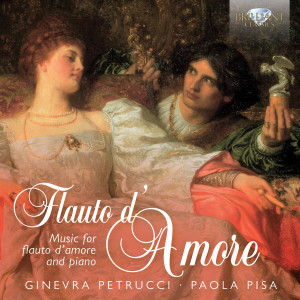
Edward Elgar, Camille Saint-Saëns and 20 others
Flauto d'Amore
-
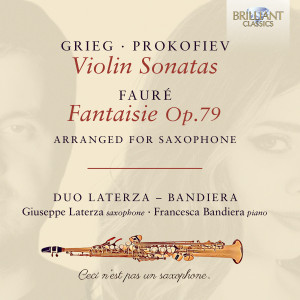
Gabriel Fauré, Sergei Prokofiev and Edvard Grieg
Grieg & Prokofiev: Violin Sonatas, Fauré: Fantaisie, Op. 79, arranged for Saxophone
-
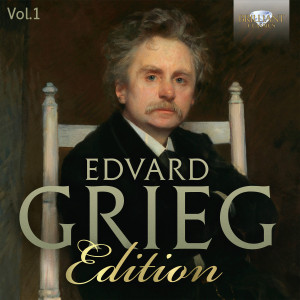
Edvard Grieg
Grieg Edition, Vol. 1
-
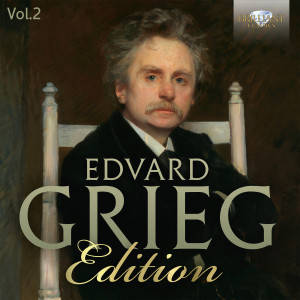
Edvard Grieg
Grieg Edition, Vol. 2
-
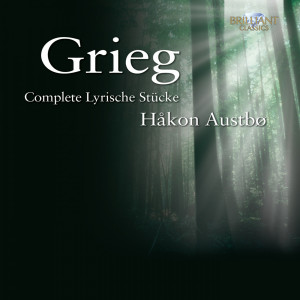
Edvard Grieg
Grieg: Complete Lyric Pieces
-

-

Edvard Grieg
Grieg: Lyric Pieces
-
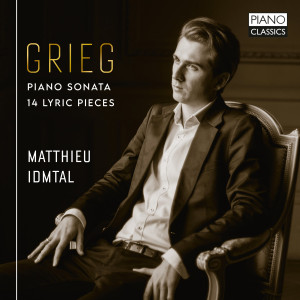
Edvard Grieg
Grieg: Piano Sonata, 14 Lyric Pieces
-
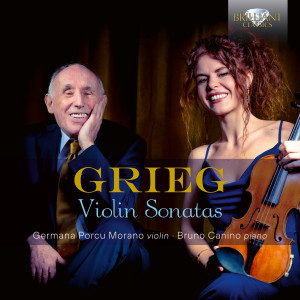
Edvard Grieg
Grieg: Violin Sonatas
-
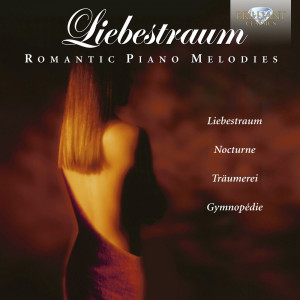
Piotr Ilyich Tchaikovsky, Wolfgang Amadeus Mozart and 10 others
Liebestraum: Romantic Piano Melodies
-

Jean Sibelius, Carl Nielsen and 4 others
Nordic Symphonies
-
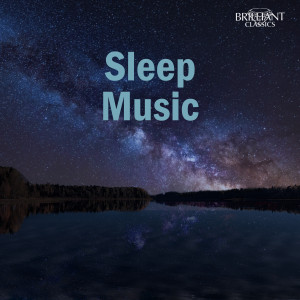
Antonín Dvořák, Maurice Ravel and 16 others
Sleep Music
-

George Frideric Handel, Richard Wagner and 15 others
Sunday Morning Classics
-
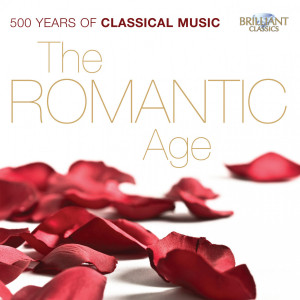
Camille Saint-Saëns, Gabriel Fauré and 37 others
The Romantic Age, 500 Years of Classical Music
-

Camille Saint-Saëns, Gabriel Fauré and 19 others
Top 40 Favourite Classical Melodies
-

Maurice Ravel, Piotr Ilyich Tchaikovsky and 12 others
Top 50 Most Popular Classical Piano
-

Piotr Ilyich Tchaikovsky, Wolfgang Amadeus Mozart and 8 others
Top 50 Most Popular Classics for Kids
